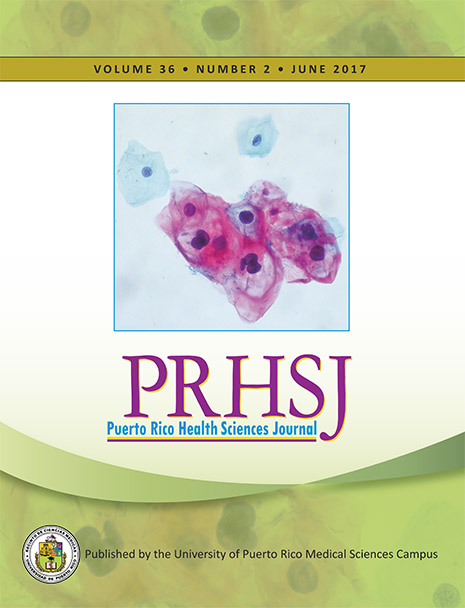Abstract
Objective: Although contemporary mortality data are important for health assessment and planning purposes, their availability lag several years. Statistical projection techniques can be employed to obtain current estimates. This study aimed to assess annual trends of mortality in Puerto Rico due to cancer and Ischemic Heart Disease (IHD), and to predict shorterm and longterm cancer and IHD mortality figures. Methods: Age-adjusted mortality per 100,000 population projections with a 50% interval probability were calculated utilizing a Bayesian statistical approach of Age-Period-Cohort dynamic model. Multiple cause-of-death annual files for years 1994-2010 for Puerto Rico were used to calculate shortterm (2011-2012) predictions. Longterm (2013-2022) predictions were based on quinquennial data. We also calculated gender differences in rates (men–women) for each study period. Results: Mortality rates for women were similar for cancer and IHD in the 1994-1998 period, but changed substantially in the projected 2018-2022 period. Cancer mortality rates declined gradually overtime, and the gender difference remained constant throughout the historical and projected trends. A consistent declining trend for IHD historical annual mortality rate was observed for both genders, with a substantial changepoint around 2004-2005 for men. The initial gender difference of 33% (80/100,00 vs. 60/100,000) in mortality rates observed between cancer and IHD in the 1994-1998 period increased to 300% (60/100,000 vs. 20/100,000) for the 2018-2022 period. Conclusion: The APC projection model accurately projects shortterm and longterm mortality trends for cancer and IHD in this population: The steady historical and projected cancer mortality rates contrasts with the substantial decline in IHD mortality rates, especially in men.
Authors who publish with this journal agree to the following terms:
a. Authors retain copyright and grant the journal right of first publication with the work simultaneously licensed under a Creative Commons Attribution License that allows others to share the work with an acknowledgement of the work's authorship and initial publication in this journal.
b. Authors are able to enter into separate, additional contractual arrangements for the non-exclusive distribution of the journal's published version of the work (e.g., post it to an institutional repository or publish it in a book), with an acknowledgement of its initial publication in this journal.
c. Authors are permitted and encouraged to post their work online (e.g., in institutional repositories or on their website) prior to and during the submission process, as it can lead to productive exchanges, as well as earlier and greater citation of published work (See The Effect of Open Access).
